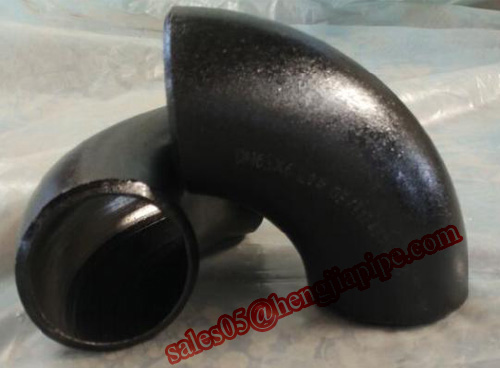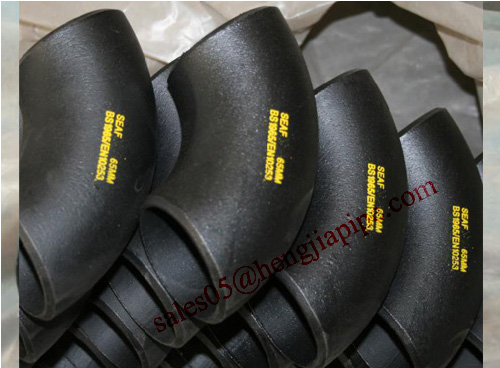In 2004, the total output value of Shanghai's petrochemical and fine chemical manufacturing industries reached 137 billion yuan. Shanghai is building a world-class modern chemical industry base. By 2010, the total output value of Shanghai's petrochemical industry will reach 280 billion yuan. The rise of Shanghai's petrochemical industry and the development of Shanghai's chemical logistics complement and complement each other.
Advanced transportation hardware
In 2004, Shanghai consumed 52 million tons of coal, processed 18.16 million tons of crude oil, produced 7.46 million tons of coke, produced 95,000 tons of ethylene, 1.63 million tons of plastic resins and copolymers, and produced 9.27 million tires. The daily turnover of chemical raw materials and products in the Shanghai area is also very impressive. Throughout the year, 27 million tons of chemical articles entered the port through the waterway, more than 9,000 ships, more than 1 million tons of railway chemical products, and more than 5 million tons of road transport chemicals. The major circulation of chemical products in Shanghai relied on modern transportation hardware with advanced facilities and complete facilities in Shanghai.
The first is to radiate the seaports in the country and around the world. The total length of the pier is 87.6 kilometers and there are 1202 berths, including 59 special chemical docks. Shanghai Port’s cargo throughput and container throughput in 2004 were ranked second and third respectively in the world.
The second is the railway and road transport network extending in all directions. The highway mileage has reached 6086 kilometers, there are 7,000 highway container vehicles and large-scale dangerous goods transport vehicles, and there are more than 200 companies engaged in hazardous chemicals transportation. Unicom's Pudong Railway in northern Jiangsu and Zhejiang are stepping up construction.
The third is large-scale pipeline transportation of petroleum, natural gas and chemical raw materials. In April 2004, the first phase of the Ningbo-Shanghai-Nanjing crude oil pipeline was completed, and foreign crude oil could reach Shanghai through the submarine pipeline. In October 2004, the West-East Gas Pipeline project was completed, together with natural gas from the East China Sea. The two pipes provide about 5 million cubic meters of gas per day. The raw material ethylene of Shanghai Chlor-alkali Co., Ltd. was also supplied by the Shanghai Petrochemical Company located in Jinshan to the Wusong area through pipelines.
The fourth is the major petrochemical companies' own dedicated railway and special transport terminals. Shanghai Chemical Industry Park has a 25,000-ton marine liquid terminal, supporting storage facilities and a 1,000-ton large-scale terminal. Shanghai Petrochemical Corporation has a 50,000-ton-class crude oil terminal in Hangzhou Bay. Shanghai Gaoqiao Petrochemical has several 5,000-ton docks in Huangpu River. Huayi Group Shanghai Coking Company also has a railway line and a 200-meter-long Huangpu River shoreline. pier.
Integration to create the best mode of logistics
For petroleum and chemical industry, pipeline transportation is the most ideal logistics method, with low investment cost, good sealing performance, low material loss, high transmission speed, and high resource utilization rate. Shanghai Chemical Industry Park has implemented the concept of integration of logistics and transportation, focusing on the planning of a combination of centralized pipeline transportation, public marine terminals, and public warehouses.
The basic chemical raw materials produced by the 900,000-ton ethylene project in Shanghai Chemical Industry Park will be made into intermediate chemical raw materials such as isocyanate and polycarbonate respectively, and then further processed into fine chemical products such as synthetic resins, soft foam materials, adhesives, coatings, etc. Mutual supply and sharing relations between enterprises. In this cyclical industry chain, the upper middle and lower reaches realizes seamless connection, all through the pipeline.
In the first phase of the Chemical Pipeline Public Corridor Company, over 10 kilometers of pipe corridors have been basically completed, providing pipeline corridor leasing, maintenance management and other services for the upstream and downstream materials transportation in the chemical industry zone; 15,000 square meters of chemical bonded warehouses in the Chemical Zone (Phase I) is also officially put into operation. Through pipelines, railways, etc., the chemical industry zone has realized material connection with Shanghai Petrochemical, Gaohua, and Wujing Chemical Base.
Third-party logistics emerge
Established a year ago, Shanghai Ocean Ze Chemical Logistics Development Co., Ltd. is a multimodal transport, 'door-to-door' third-party logistics company. It is the only company in Shanghai approved by the Trade and Industry Bureau to operate tank container leasing business, specializing in hazardous chemicals logistics. Comprehensive enterprise. Nowadays, many chemical companies in Shanghai, Zhejiang and Jiangsu have been entrusted with the import and export of hazardous chemicals. Yunze hires standard tanks from international companies. Each tank can carry 24 cubic meters of liquid chemicals, which is 25% less than container barrels. Tanks do not need to be cleaned, special items are dedicated, and they are turned around internationally.
The chairman of the company, Yuan Guofeng, told reporters that the third-party logistics is a new type of business and will add value to both cargo and third parties. Dangerous chemicals' third-party logistics has been in the international arena for decades and it has just begun in China. This year, China's transportation sector has issued a series of policy measures to encourage international shipping operators to develop multimodal transport services and actively develop third-party logistics services.
Some well-known foreign logistics predators are optimistic about Shanghai's logistics industry. The United States Penshiqi Logistics has announced that it will establish Pan Shiqi Shanghai Logistics Consulting Co., Ltd. in Shanghai. The company has 300 logistics centers, 200,000 cars and 10 million square feet of warehouses and direct replacement areas around the world. In addition, some state-owned hazardous chemicals transportation companies in Shanghai are also speeding up the development of third-party logistics through restructuring or diversified investment.
Butt welded elbows are widely used in most project to change the direction of pipeline system. They shall be welded to pipes. So the both ends are machined to bevel ends. In many cases, different angles of elbows are needed, such as 45deg, 60deg, 90deg, 180deg and so on. Cause all the bend radius are not same, there are long radius and short radius elbows. Usually manufacture materials are carbon steel, alloy steel, stainless steel, aluminum, cooper. In our factory, you can see a lot of black pipe elbows. They are painted by customers` requests. On the way of transportation, painting will prevent rusting.


Butt Weld Elbow
Stainless Steel Elbow,Black Pipe Elbow,Steel Pipe Elbow,Aluminum Elbow
CANGZHOU HENGJIA PIPELINE CO.,LTD , http://www.czhjpipe.com